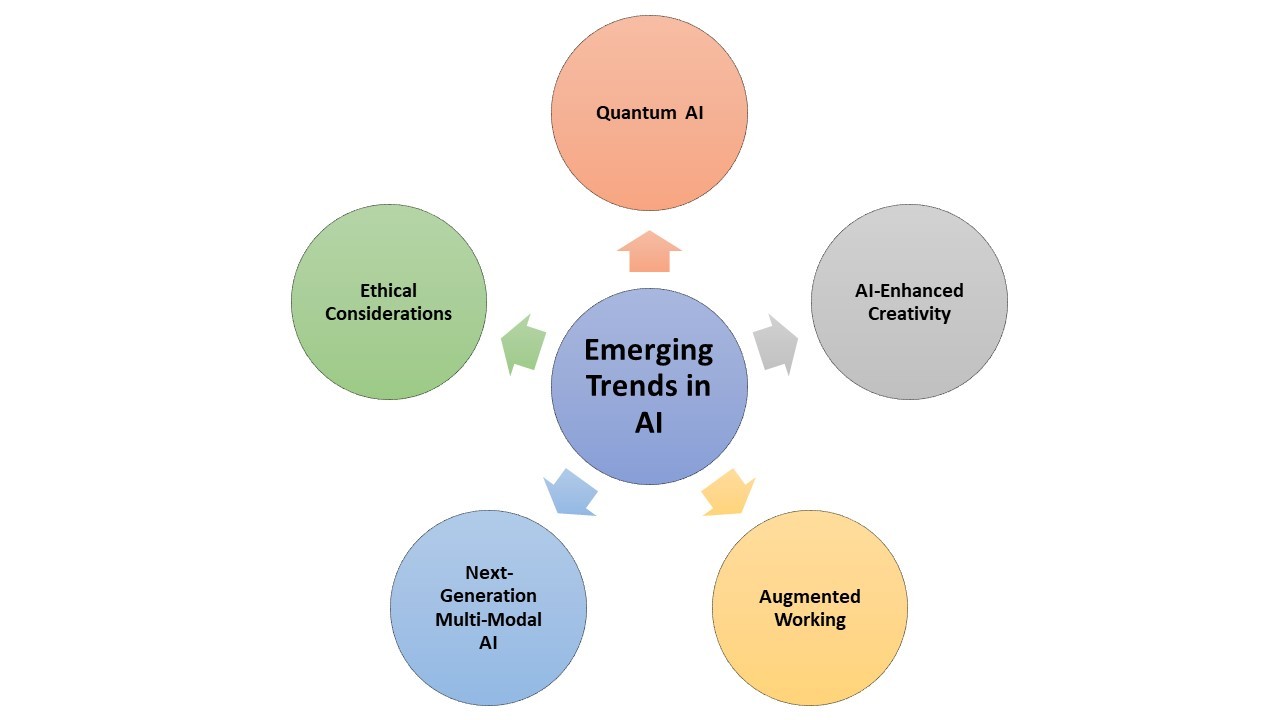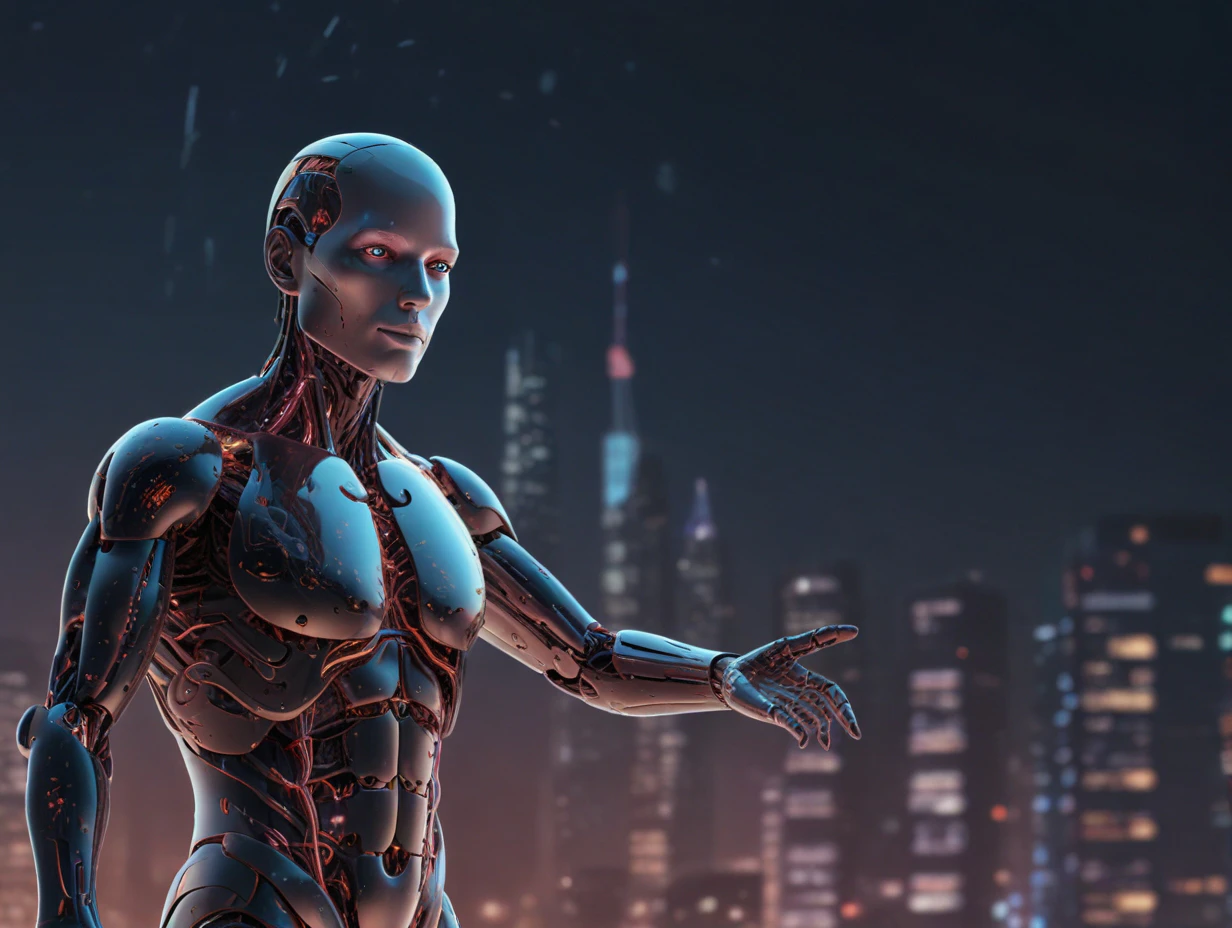The year 2023 witnessed a seismic shift in the creative industries, with generative AI electrifying the landscape. However, this technological surge has sparked heated debates, particularly in the realm of intellectual property rights. The crux of the matter revolves around the permissibility of feeding copyrighted works into today’s powerful machine learning algorithms.
Fair use dilemma
Existing “fair use” clauses, especially notable in the United States, permit certain uses of copyrighted material for training algorithms. However, as generative AI’s capabilities clash with artists’ rights, questions arise about the fairness of such use. Advocates for rightsholders argue convincingly against the practice, leading to a contentious battle that could reshape the strategies of industry leaders like OpenAI and Stability AI.
Transparency in AI-generated creative works
Another heated debate surrounds the disclosure of whether creative work is AI-generated. Entities like the Recording Academy, responsible for the Grammy Awards, have imposed criteria requiring substantial human composition for award eligibility. Determining the boundary between human and AI contributions in a creative workflow remains a formidable challenge, raising concerns about the transparency of AI’s role in creative productions.
Simultaneously, the commercial creative technology software industry continues its robust growth, giving rise to new local industry bodies like Music Technology UK. Governments face the delicate task of supporting artists while nurturing this economically buoyant startup sector. However, ethical concerns persist, exemplified by instances like the resignation of AI music start-up veteran Ed Newton-Rex in protest against scraping copyrighted artistic works for training data.
The pro-artist stance
While some AI companies engage in morally questionable practices, a significant portion aligns with a pro-artist stance, advocating for favorable policies. These companies either use “safe” training data or employ alternative AI techniques that sidestep the use of original content for training machine learning systems. The complex moral landscape extends to groundbreaking machine learning techniques, which thrive on diverse cultural content, potentially impacting creators.
In this transformative period, established industry giants like Disney, Warner Music, and the BBC hold a unique position, encapsulating both copyright interests and technological innovation. These players, armed with vast troves of creative content data and well-funded research and development arms, stand to emerge as winners in the evolving landscape.
Getty Images’ approach
Illustrating this dynamic, Getty Images’ AI image generator, trained on its own stock, emphasizes commercial safety and addresses intellectual property concerns. Such strategies add layers of complexity to the ongoing moral and legal discussions.
Looking ahead to 2024, the Generative AI landscape holds promises and challenges. Emerging technologies, like OpenAI’s “reinforcement learning from human feedback,” introduce a new dimension. While not yet matching the power of traditional deep learning techniques, these approaches have the potential to reshape the role of generative machine processes in cultural production.
The future of human-computer Co-creativity
The focus shifts to the pipelines, workflows, and user interfaces that integrate generative AI into different industries. As powerful text-based generation tools gain prominence, natural language interaction becomes a crucial modality in creative workflows. The ability of AI to de-mix music tracks or extract gestures from actors opens up new possibilities, emphasizing content manipulation over specific file formats.
A future scenario envisions AI generators tapping into audience feedback to continuously modify models. This could result in a system breaking free from human production and consumption norms. OpenAI’s experimentation with “reinforcement learning from human feedback” draws attention, showcasing the potential to transform the role of generative machine processes in shaping cultures.
The unstoppable advancement of generative AI
In conclusion, as 2024 unfolds, Generative AI shows no signs of slowing down. Whether viewed as a path of continued acceleration or as a series of episodic changes, the consolidation of infrastructure, interface design, and upskilling will fuel the growth and influence of generative AI. The complex interplay between technological advancements, ethical considerations, and the strategic positioning of industry players sets the stage for a year of significant developments in the creative landscape.




